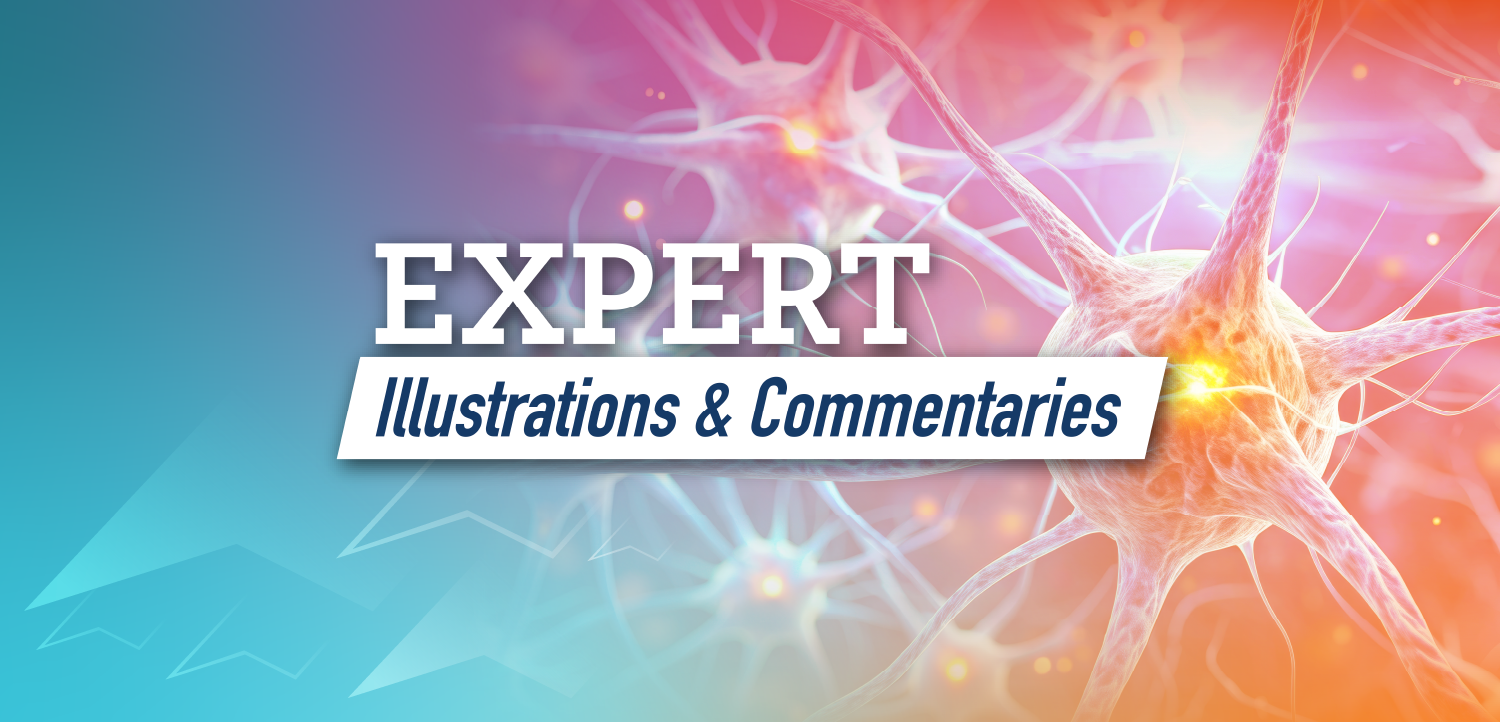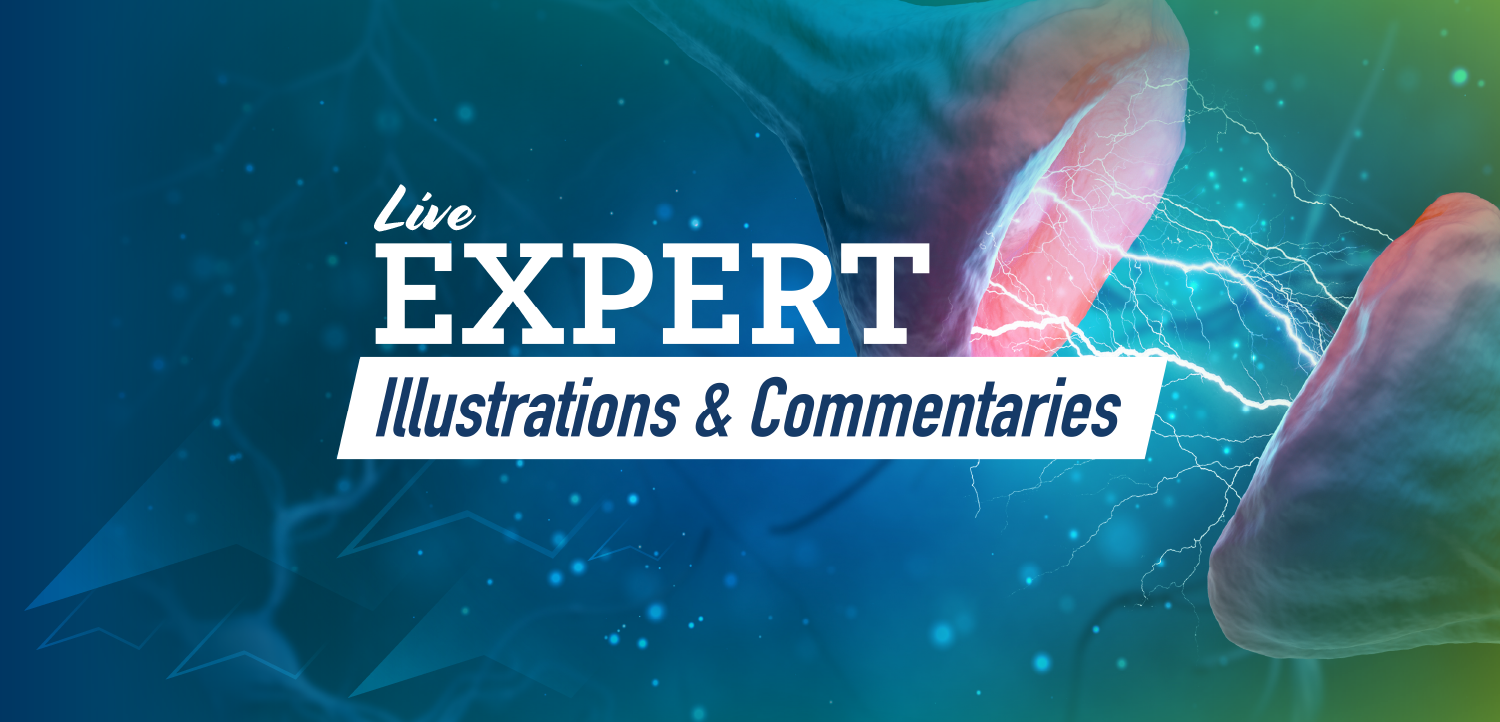
The Value of Guidelines: Discussing the New International Guidelines for Algorithmic Treatment of Schizophrenia
Clinician's can use the new international guidelines for schizophrenia treatment to solidify treatment decisions and improve patient outcomes.
CLINICIAN'S CORNER
Michael Asbach, DMSc, PA-C, Psych-CAQ, and Autumn Roque, DNP, APRN, PMHNP-BC, sat down to discuss the new International Guidelines for Algorithmic Treatment (INTEGRATE) of schizophrenia published in Lancet.1 Treatment guidelines and algorithms in ensure high-quality, reproducible care, emphasized Asbach and Roque, especially as the field becomes more complex and the demand for health care services increases.
The INTEGRATE guidelines immediately emphasize a need for shared decision making.
"We all know in our specialty how challenging adherence can be, and if you do not have buy in from the person that you are prescribing to, you are going to have a very difficult time moving them toward recovery," said Roque.
"What patients identify as priorities for treatment vs what clinicians identify, whether that's in mood disorders or schizophrenia, often don't match up very often. Patients' treatment goals are focused on functional improvement, whereas clinicians focus on symptom reduction," said Asbach.
Proactive assessment and management of adverse effects can help to improve patient compliance and satisfaction, the two noted.
The guidelines also take an aggressive approach to metabolic parameters, including lifestyle modifications and the use of metformin for high-risk agents like olanzapine or clozapine. Addressing metabolic issues early can help reduce risk, particularly cardiovascular risk, in patients.2
"I think it is very interesting that the INTEGRATE guidelines are quite explicit in how aggressive we should be in getting out ahead of these metabolic issues before they become a problem. And it is so important for those living with schizophrenia. We know their leading cause of death continues to be cardiovascular disease, so this really has profound mortality implications for this population," said Asbach.
The guidelines recommend switching to agents with lower affinity for the postsynaptic D2 receptor for managing tardive dyskinesia.
"When I approach tardive dyskinesia, the way that I always like to teach it to my students is we want to initially think of the 3 Rs: remove, reduce, replace," shared Asbach. This stands for remove, reduce, replace.
Asbach and Roque also appreciated the guidelines' use of neuroscience nomenclature to describe antipsychotics, which reduces stigma and promotes a better understanding of medication mechanisms.
"I think treatment guidelines are really helpful, not because we as clinicians don't know what we're doing, but rather, medicine is getting really complicated," concluded Asbach. "Even just within this conversation, there's so many aspects of schizophrenia care that go beyond just prescribing, whether that's digital therapeutics, plasma monitoring, consideration of metabolic parameters."
Mr Asbach is a psychiatric physician associate and serves as associate director of interventional psychiatry at DENT Neurologic Institute in New York. Ms Roque is a clinical associate professor in the Hahn School of Nursing and Health Science at the University of San Diego.
References
1. McCutcheon RA, Pillinger T, Varvari I, et al.
2. Correll CU, Robinson DG, Schooler NR, et al.
Newsletter
Receive trusted psychiatric news, expert analysis, and clinical insights — subscribe today to support your practice and your patients.
















